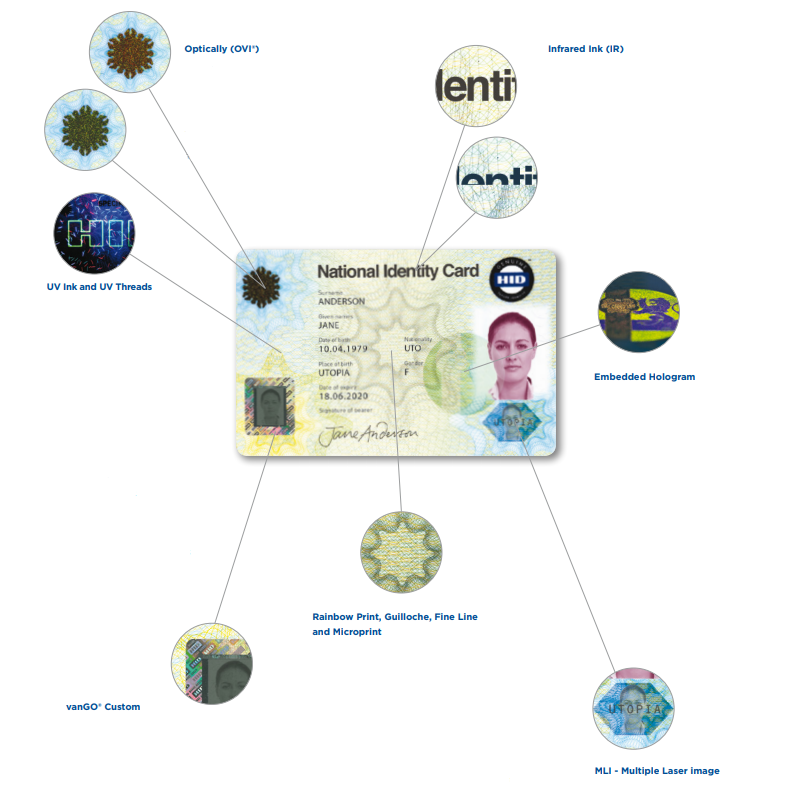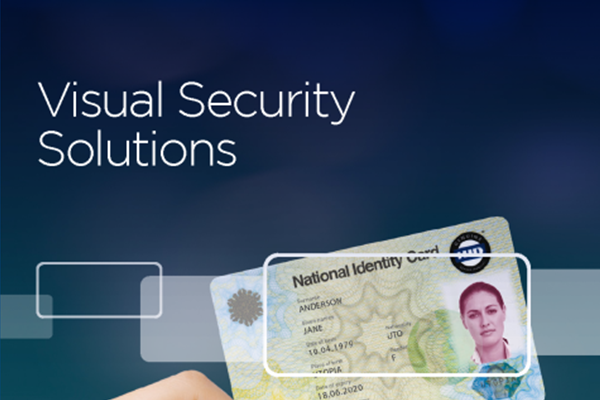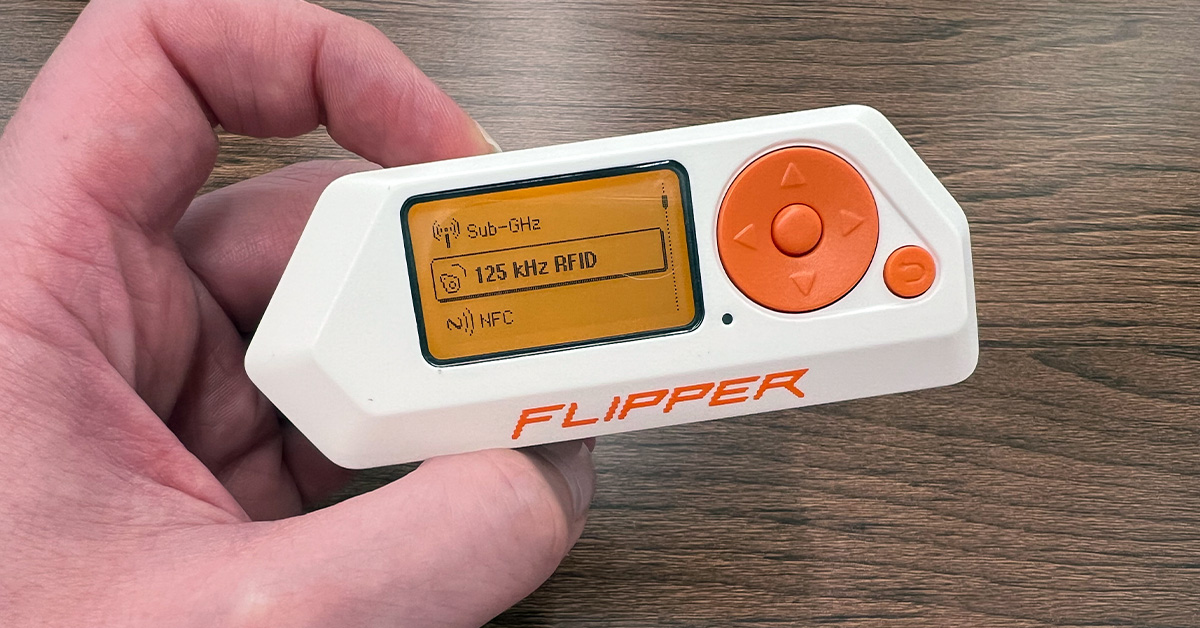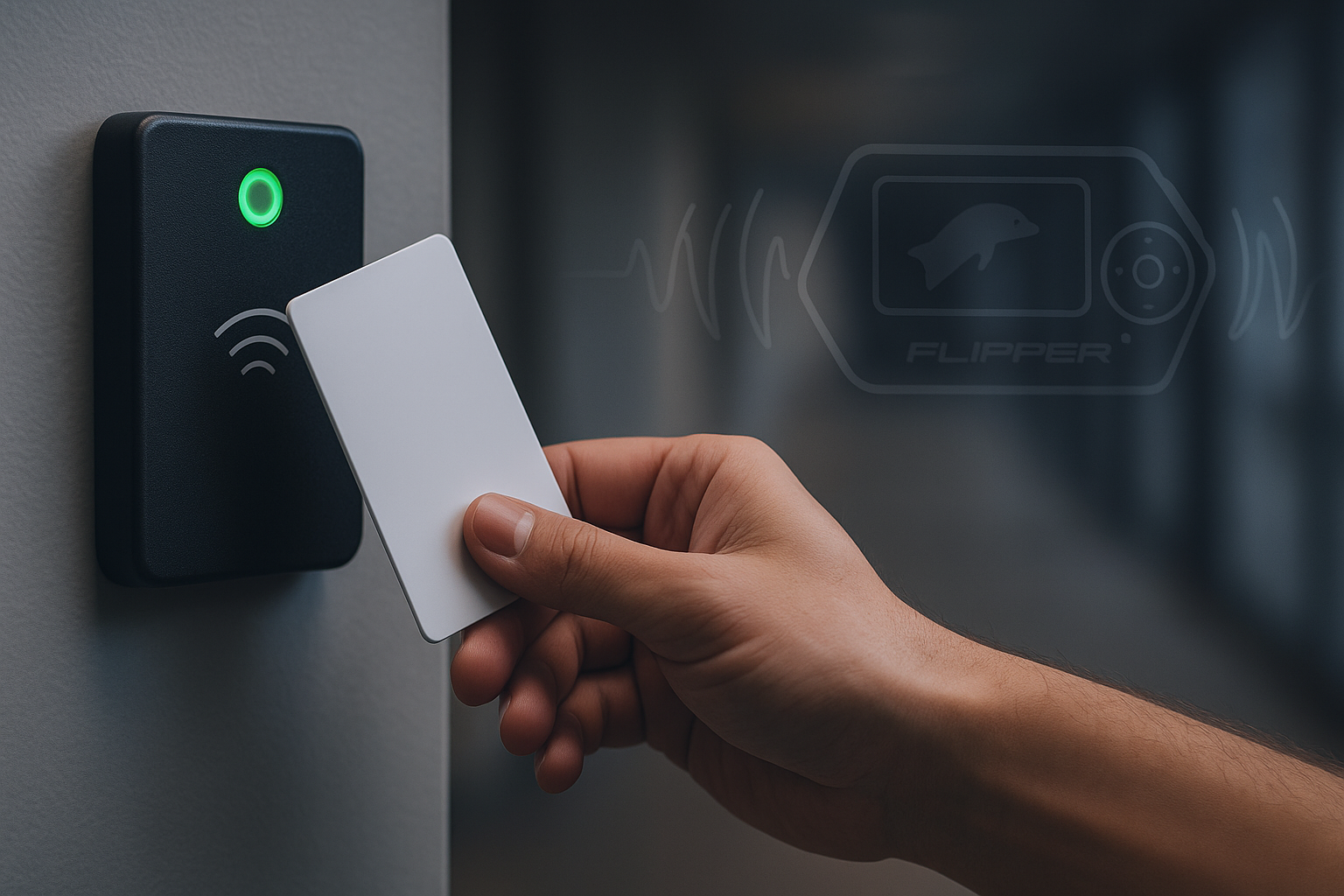The effectiveness of your ID cards and badges is only as good as the security features you include on them. When you protect the cards against unauthorized use, tampering, and counterfeiting, you heighten safety and security. Visual security for ID cards makes it easy to spot fakes.
It starts with making the right choices for your cards.
The Anatomy of card security
Your card’s security can use any or all of a menu of pre-printed security features. They’re divided into overt, covert, and forensic. Overt is a color, image, or design that can be seen without the need for any aids. Covert refers to identifiers that aren’t noticeable until you view them with a tool, like a UV lamp or magnifier. Finally, forensics refers to complex, microscopic features that can only be verified with special equipment—making them the most difficult ID cards to replicate.
Cards are manufactured today to provide varying levels of security. They are differentiated according to specific criteria:
- Class 1 (Overt): Security features are easily visible to the naked eye.
- Class 2 (Covert): Features must be inspected with a verification tool, like a UV light, lens, or amplifying glass.
- Class 3 (Covert): Special equipment is required to verify the card’s authenticity.
- Class 4 (Forensic): Features are only identifiable by the issuer or manufacturer.
Pre-print the security features
A plastic card that is designed and manufactured with built-in security features makes it easy to produce your cards on demand. HID Global produces custom cards that are designed to protect your facility and the people who are authorized to come and go.
Within these layers, you can embed the security features that protect your ID badges and cards from fraudulent use.

- OVI® (Optical Variable Ink) shows different colors when the card is viewed at different angles. The feature cannot be photocopied or reproduced, and OVI is only sold to audited and certified manufacturers.
- Infrared (IR) ink reacts to a specific light frequency and requires the use of an IR-enabled camera to detect it.
- UV ink and UV threads emit a fluorescent color when viewed under ultraviolet light. HID Global offers visible, chromotropic, and double fluorescent UV options.
- An embedded hologram has an optically variable device (OVD) patch that is laminated between layers. Any attempts to remove or alter the OVD patch are easily evident because the surface of the card is damaged.
- Holographic foil is embedded in a custom overlaminate. The graphic can be your company’s logo, micro text, or custom-designed hologram.
- Rainbow print, Guilloche pattern, fine line, and microprint utilize tints that are merged to provide a subtle rainbow effect that deters attempts at photographic reproduction (including scanning and photocopying).
- Multiple laser image (MLI) combines laser engraving that presents a different image depending on the angle at which it’s viewed.
- vanGO® Custom is a metallic patch that was developed by HID Global. The vanGO patch can be custom engraved with the desired image, providing a security feature that is virtually counterfeit-proof.
- Positive/negative embossing uses a special laminating process to produce a subtle variation in the texture on the card’s surface, usually a pattern of fine lines and micro text.






